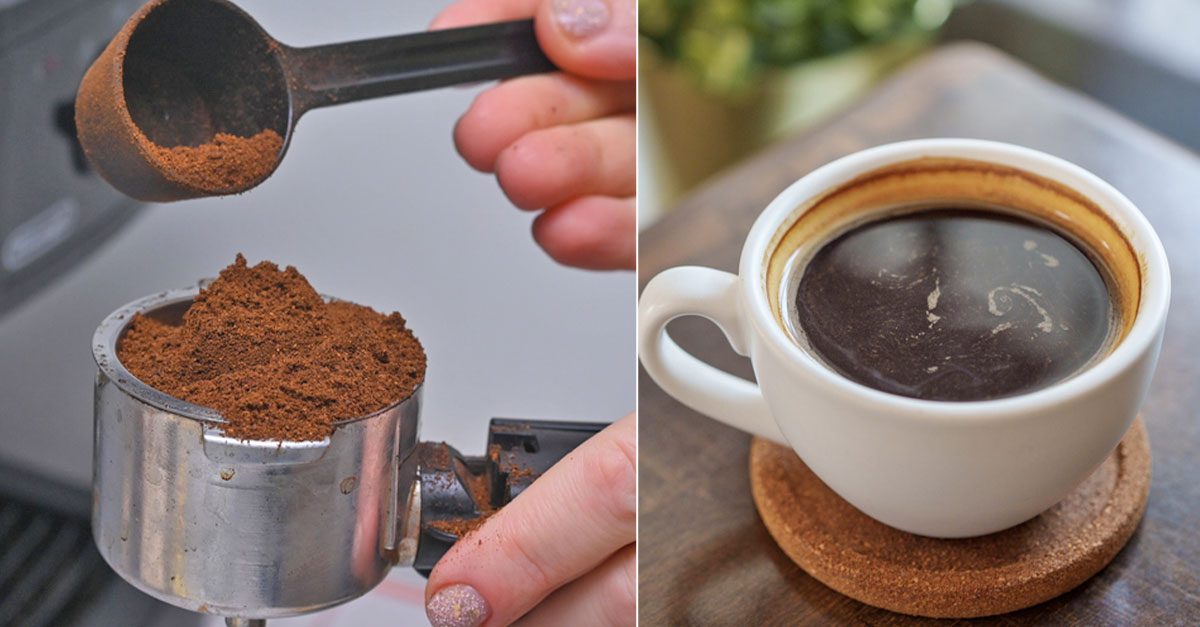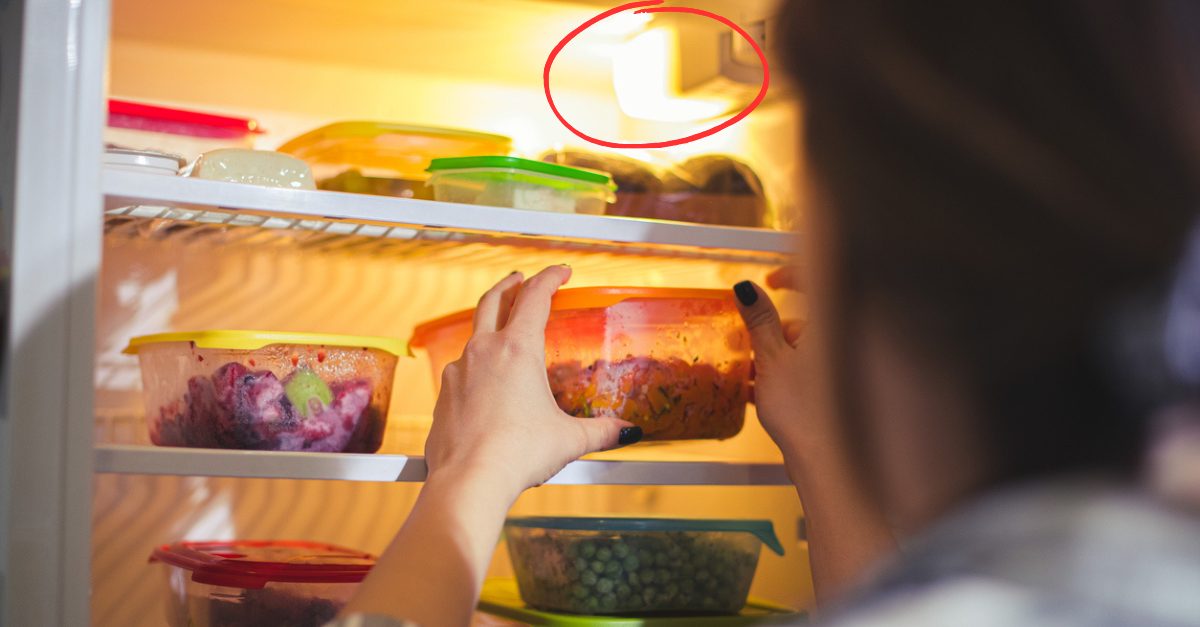12 Rules to Clean Fridge and Freezer
Here’s 12 rules to follow for a sparkling fridge and freezer.
;)
Cleaning out the fridge and freezer tends to be one of those jobs we all put off, but it’s essential to keep your food in a clean environment without bacteria lurking in the corners!
Many of us also tend to put food in the fridge or freezer and forget about it until it’s no longer edible – it can be hard to see what’s in your fridge if it’s full of half-eaten tubs of food and leftovers, so having a clear out lets you see exactly what’s in there.

When cleaning your fridge and freezer, throw out anything that you are not sure about, as it’s better to be safe than sorry with foodborne illnesses.
Here’s 12 rules to follow for a sparkling fridge and freezer:
Refrigerator
1. Clear out your fridge and freezer the day before you usually stock up on groceries, as you won’t have as much food in there. Take everything out of the fridge, and throw away anything that has mold on it or that you suspect may be off.
Look at all the expiry dates on the food, and throw out any that are out of date, even if they still look or smell ok.
2. Wipe down the shelves and drawers with warm water and dish soap, and rinse clean. Dry with a dishcloth.
3. If you have jars of the same half-used condiments, spreads, or dressings, then combine them in one container to save space. Put them all in one spot in the fridge where you can easily find them.

4. Condiments and other stable foods should be kept in the door shelves, as they are always the warmest area of the fridge. The drawers are the coldest areas, and should hold meats, cheeses, veggies, or anything else that can go off quickly.
5. Add an open box of baking soda in the middle of your fridge. Baking soda absorbs odors, keeping your fridge smelling fresh.
6. Get a thermometer and check the temperature of your fridge. It should be between 36 and 39 degrees Fahrenheit, and your freezer should be set to 0 degrees Fahrenheit.

7. Always keep your greens and vegetables in the crisper drawer, as it keeps in humidity to reduce wilting. Your produce should last for around 7 days in the crisper drawer.
8. Keep your fresh meats and cheeses in the deli/meat drawer. Meats that are opened will last up to five days, and hard cheeses will last up to three weeks. Unopened products will last until the use-by date.
9. Arrange your fridge so that the healthiest foods are those within easiest reach. Put the less-healthy choices to the back of the fridge so that they are not tempting you every time you open the fridge door.
Freezer
10. Take everything out of your freezer and check it. If you see foods with freezer burn, or anything you don’t remember putting in there, throw it out.
11. Wrap foods you want to keep in two layers of plastic, or put in freezer bags to avoid air exposure and freezer burn.

12. Cooked meats and leftovers will last up to two months in the freezer, and uncooked meat, poultry or fish should last for up to six months. Veggies and most other unopened foods should be good for up to a year.
;Resize,width=767;)

;Resize,width=712;)
;Resize,width=712;)
